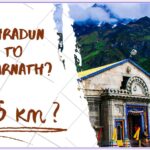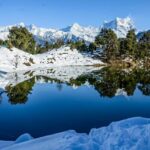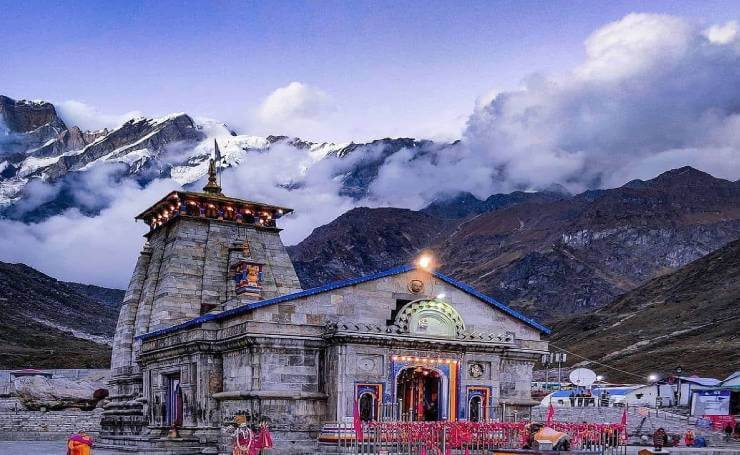
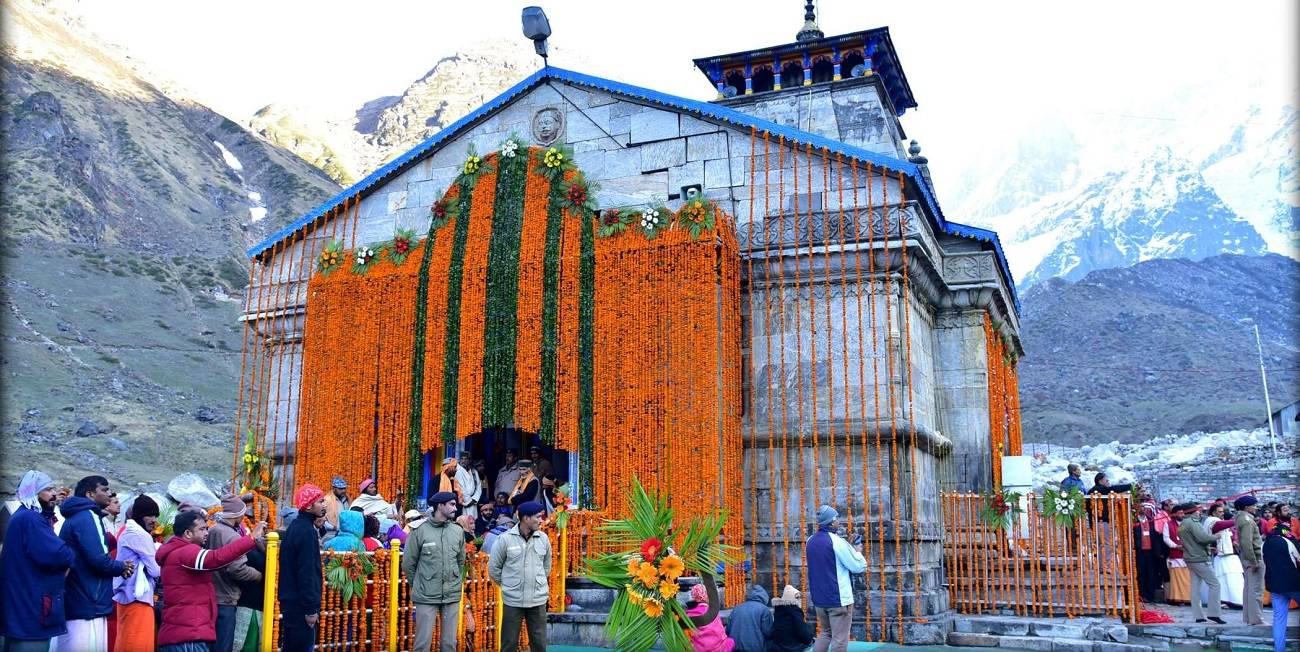
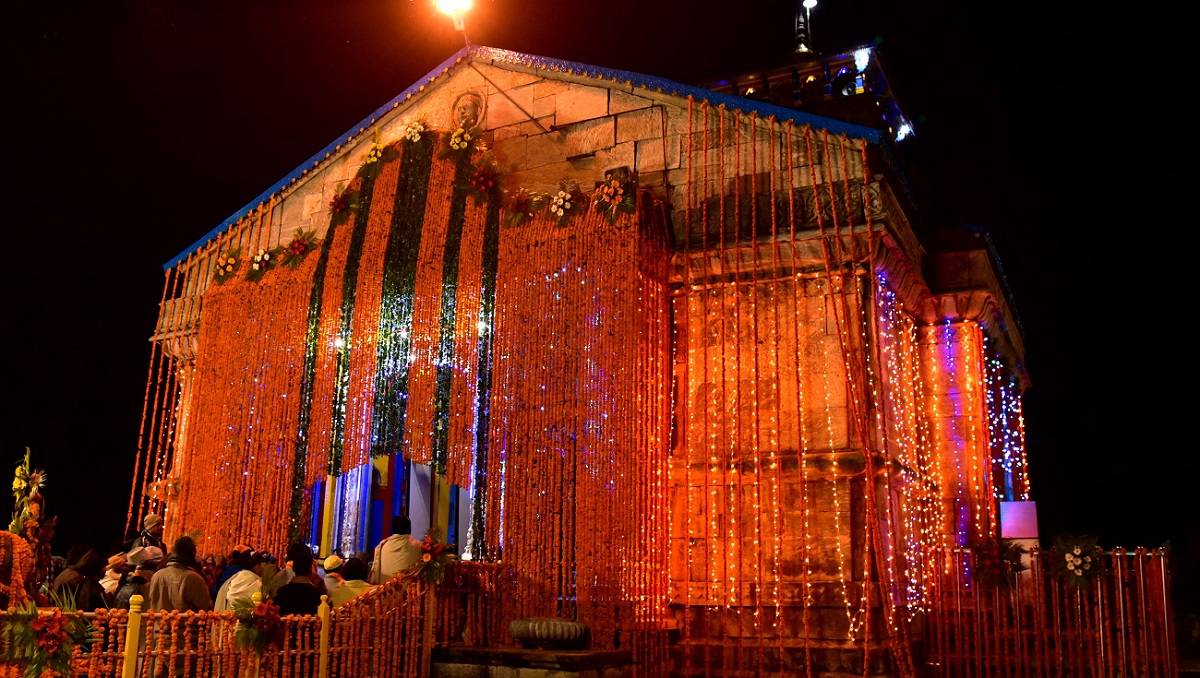





- Kedarnath Dham is one of the 12 Jyotirlingas of Lord Shiva.
- It is located in the Rudraprayag District of Uttarakhand.
- It is situated 3584 metres above sea level on the Mandakini River’s bank.
- “Kedar Khand” is the area’s historical name. Kedarnath Temple is part of the Char Dhams and Panch Kedar.
The temple was constructed by the Pandavas. It was later renovated by Adi Guru Shankaracharya ji in the 8th century AD.
- The temple is not directly connected to a road. Visitors generally trek from Gaurikund to Kedarnath.
Mythological Story
Mythological text claimed that the Pandavas felt sorrow for having killed their own brothers after defeating the Kauravas in the Kurukshetra War.They wanted to atone for the fratricide (gotra hatya) and brrahmahatya (killing of priest class Brahmins) they had committed during the period of war.So they gave their kingdom control of their successors and travelled off to see Lord Shiva to ask for his blessings.They first travelled to Varanasi (Kashi), a sacred city thought to be Shiva’s favourite and home to the Kashi Vishwanath Temple. Shiva, however, intended to stay away from them because of his intense resentment over the deaths and dishonesty at the Kurukshetra battle and his insensitivity to the Pandavas’ pleas. So he changed into a bull (Nandi) and hid in the Himalayas.
The Pandavas travelled to the Garhwal Himalayas after not finding Shiva at Varanasi.They then went to Garhwal Himalayas in search of Lord Shiva.Bhima, one of the Pandava brothers, saw a bull grazing near Guptakashi and recognized it to be Lord Shiva.Bhima caught hold of the bull by its tail and hind legs, but Lord Shiva disappeared into the ground.Lord Shiva reappeared in five different forms – the hump raising in Kedarnath, the arms appearing in Tungnath, the face showing up at Rudranath, the nabhi (navel) and stomach surfacing in Madhyamaheshwar, and the hair appearing in Kalpeshwar.The Pandavas were pleased with Lord Shiva’s reappearance in five different forms and built temples at each of the five places to venerate and worship him





